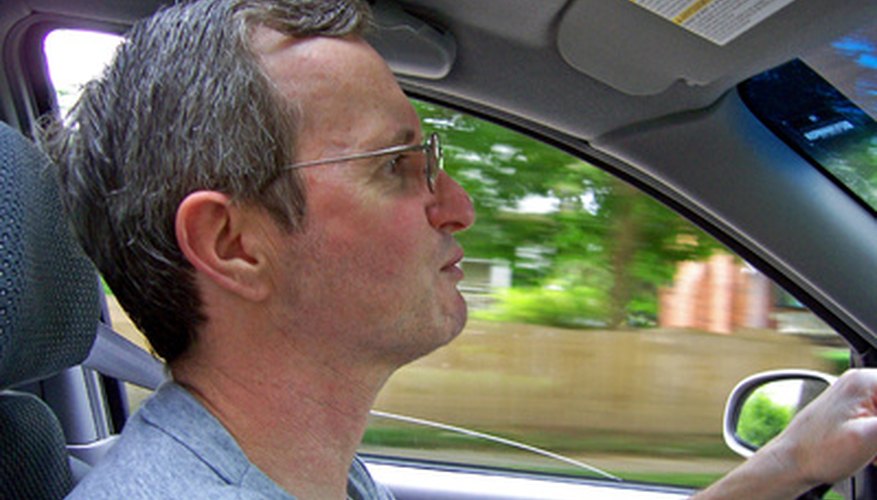Car treasure hunts---where families and friends work through a series of clues to reach a destination or cross a finish line---require careful planning to be successful. A little forethought can make a car treasure hunt an enjoyable and entertaining experience instead of being a confusing disaster full of dead ends and clues that make no sense. By following some simple rules in the early planning stages when plotting your route and clues, you can ensure your treasure hunt is one the participants remember for the right reasons.
- Car treasure hunts---where families and friends work through a series of clues to reach a destination or cross a finish line---require careful planning to be successful.
- By following some simple rules in the early planning stages when plotting your route and clues, you can ensure your treasure hunt is one the participants remember for the right reasons.
Before getting behind the wheel of your car to plot your treasure hunt route, take a look at a map of where it will be taking place. Choose a starting point and finishing point, and mark them clearly on the map. Begin tracing a suitable route linking the two. If you want to finish it where you started it, then mark how far away you want the treasure hunt to lead the participants at the halfway point.
This is just a guideline for your hunt and does not have to be perfect, as you can make changes when out on the road, but it will give you a good place to begin and give your route some structure from the outset.
- This is just a guideline for your hunt and does not have to be perfect, as you can make changes when out on the road, but it will give you a good place to begin and give your route some structure from the outset.
Embark on your first planning drive at the same time of day you want to hold the treasure hunt. You may find traffic is a lot worse at certain times of day and an alternate route may be required to ensure the safety of participants. Keep a note of any amendments you make to your original route and update your map when you return home.
Pick clues for your treasure hunt that are not likely to move or be changed, such as landmarks or shop signs. Street signs are a popular choice for a clue, as you can use word play or anagrams. Be creative with your clues, but target your audience. If it is a family treasure hunt, children may want to get involved and may be bored if they do not understand what the clue means. Websites like TreasureHuntClues.net offer inspiration if you are unsure where to start.
Take photographs of your possible clues when you spot a suitable landmark or site. You may not be able to think of a snappy clue while driving around, and a visual aid allows you to give it some thought when you return home.
Photographs can also help you ensure your treasure hunt makes sense by combining them with a route map at the end of the planning stage, allowing you to visualise the route without having to drive it again.
Once you have finalised your route and got your clues in place, start your stopwatch and carry out the treasure hunt as if you were one of the participants. Allow a few minutes to pause for each clue to accurately estimate how long it will take. You may find the hunt is too long or too short, so use this opportunity to amend the route or add extra clues.
WARNING
Road safety is paramount when planning your treasure hunt. Take a family member or friend with you to help spot clues so you can keep your attention on the traffic and pedestrians without being distracted. When taking photographs or writing down your route, be sure to pull over to the side of the road.
